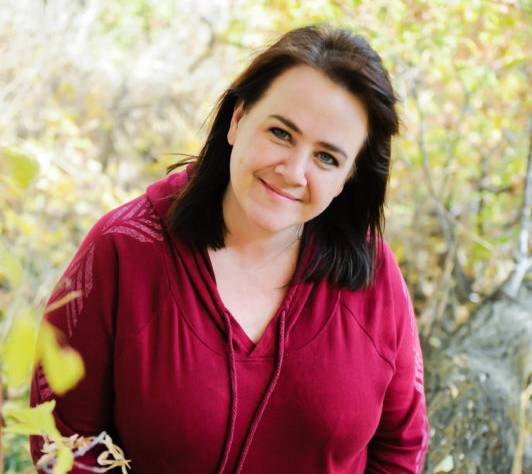What is story structure? Story structure is the framework that allows a specific story to unfold. To create a good structure, we must start out with a good design. Just like building a house, a story needs a blueprint to determine what kind of story it will be and what purposes we want the story to serve. The design narrows the field of options. Once choices are made and you like the design you accept that your story can’t be everything. Like a house, you can’t have a two-story farmhouse and a contemporary rambler at the same time. With story structure you start with the blueprint, just like a house, but then as you go through revisions you add the layers of design that will bring complexity, style, nuance, continuity, and cohesion to it. Now that we have a good analogy for story structure let’s get into how to design a story.
According to Robert McKee story structure is “a selection of events from the characters’ life stories that is composed into a strategic sequence to arouse specific emotions and to express a specific view of life.”
That is a mouthful! Let’s take these one at a time. Events are changes that occur to the characters in the story. You can write an event as either narrative or scene. Narrative simply tells the event while a scene shows the event. An event must happen to a character. This event must create a meaningful change for the character. Events keep the plot moving forward. They must turn the story. Within each event are a series of beats, choices, actions, and dilemmas of the character.
For example: A woman is sleeping. Her phone rings. She picks it up and says hello. There is a voice on the other end, but the sound is muffled. She drops the phone to the floor. She stumbles out of bed still in her pajamas, grabs her car keys, and runs.
Do you see the beats in this scene fragment? Something happens, then the character reacts. The voice on the phone speaks and the character reacts again. Each action and reaction are beats in the scene. In each event are several beats. These guide the scene and move the story forward. An event has happened to the character that has changed her in some way, small or large we don’t yet know but her reaction lets the reader know it was upsetting. Beats are the smallest unit of a story. A series of beats create the event. A sequence is a series of events that are connected in a meaningful way. A completed sequence of scenes makes a single story arc.
Here is the continuation of the above example. The woman received a warning by a mysterious caller that a bomb had been planted in her house by a stalker and she needed to get out. The next scene we hear the explosion, she is flung across the lawn, keys still in her hand. She is knocked unconscious and wakes up in a hospital with minor injuries. The next event is several days later as she stands in front of the charred ruins of her home.
This completes a story arc of that sequence of events. A new story arc needs to open as readers wonder, what is she going to do now? Who did this? Will this person be caught? Are they trying to kill her or scare her? Who was the mystery person on the phone? A series of sequences make up an Act or Part. In a book, a chapter is a sequence of events that completes a small narrative arc and opens the door to the next narrative arc. The story is the largest container of the structures. Like nesting dolls the story is the biggest doll and this is followed by the Parts, inside the parts you find the sequences, in the sequences you find the scenes and in the scenes you find the beats.
So why does this structure work to keep readers interested and engaged? Values. McKee describes them as “universal human qualities of experience that may shift from negative to positive or positive to negative from one moment to the next.”
What are some examples of story values? Generosity/Selfishness, Truth/Lies, Toughness/Weakness and so on. We sometimes think of these values as good and bad, while this is sometimes useful, they aren’t always clear cut. Story values are most effective when viewed neutrally. For example, you have Humor/Seriousness, these values are neither good nor bad. But they can be part of the motivation for the character.
How do we use story values?
In our example, the woman is facing the value of Helplessness/Power. She starts out helpless and barely escapes the explosion. As she gets pulled into the cat and mouse game with her stalker the value of helplessness and power are at play.
Considering what values are at stake in your story is an important part of the structure and will help you understand how to move the character through the events. And if you are writing memoir, discovering these story values will help you shape the story of your life with more purpose.
When using story structures, I find it helpful if I don’t overthink it. It’s a tool. And it is more useful in later drafts and when doing revisions than it is for generating new writing or working on a first draft. When I get stuck or I feel a chapter or scene isn’t working, returning to story structure is always helpful.

